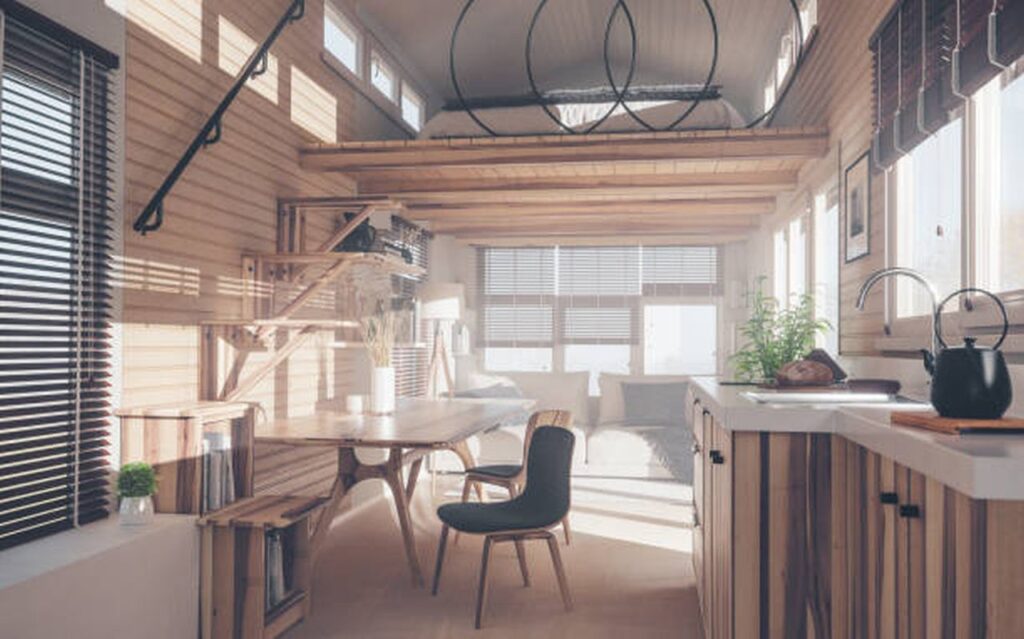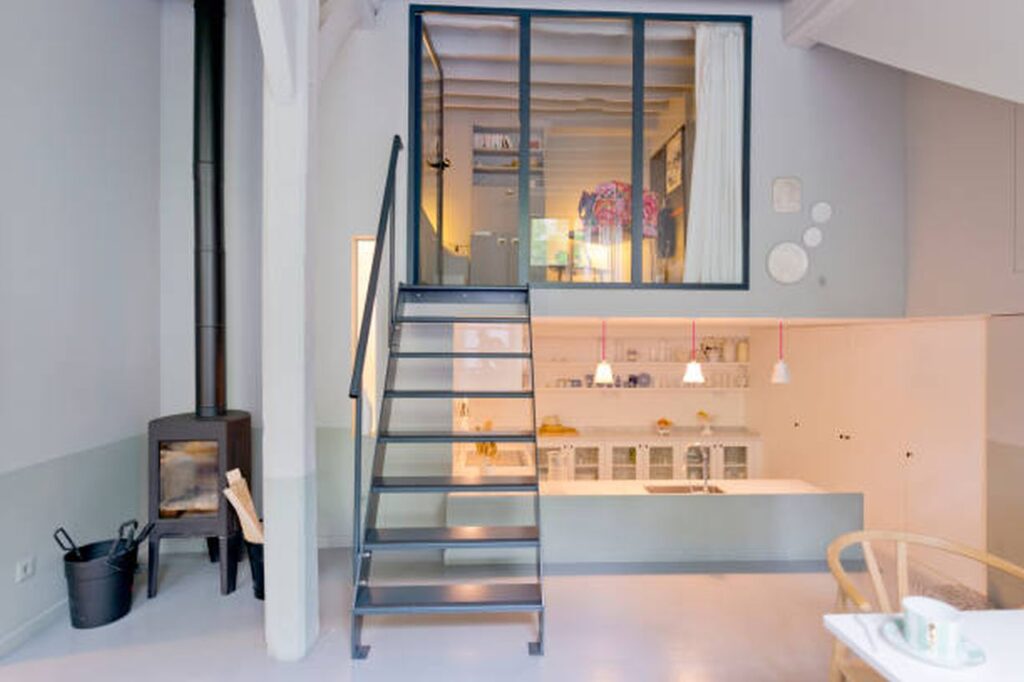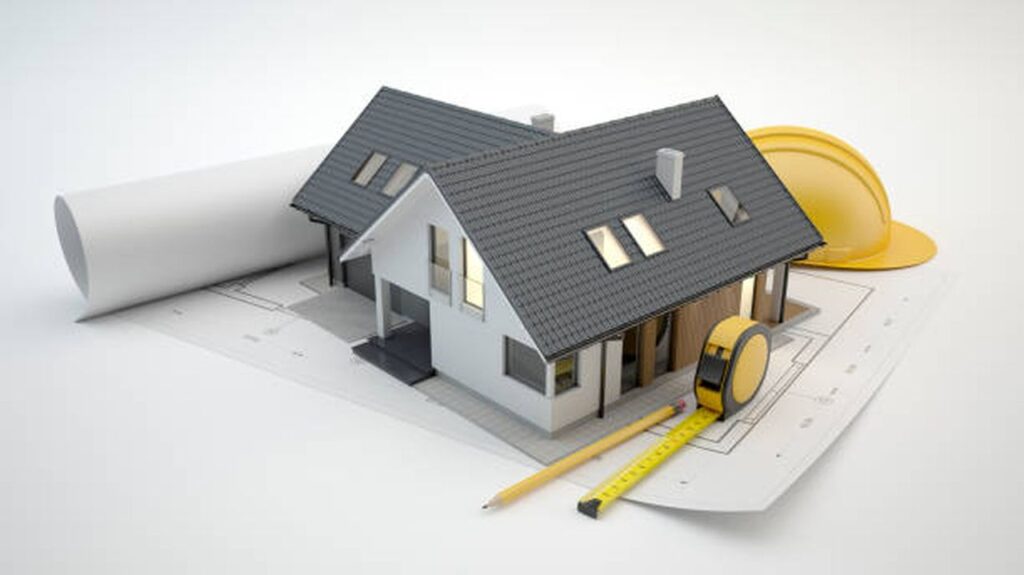Do you think you have a tiny home? Are you living in a studio apartment with limited square footage and no guest room or a family room for when people visit?
Do you regret downsizing to a smaller one-bedroom house with a small living room and limited storage solutions?
If your answer was ‘yes’, this article is just for you. However, if your answer was ‘not yet, you should read it, so you don’t end up with any of these regrets.
Whether you have a big, modern house, or a tiny house with minimum square footage, you can always transform your living space into fabulous with the right interior design plans. It doesn’t matter if your property is 300 square-foot or 3000 sq ft. Whether it reflects upon your personality and makes the space feel comfortable and welcoming.
As for the small spaces in your small home, we have some small house design ideas that you can implement to create expansive spaces despite your congested floor plans. For example, you can use minimalist house plans or complex home design ideas with excellent craftsmanship. You can even use exquisite art or furniture pieces as a focal point for your small spaces to distract from the limited floor space.
It almost doesn’t even matter what you do, as long as it makes you feel comfortable and happy that you have a beautiful, albeit tiny, home.
Small house designs have become quite trendy with current real estate prices and crowding. However, decorating a smaller house can be fun owing to the creativity that needs to come into play to do more with less.
Let us take a look at some of the small house design ideas we curated to make your room look more accommodating and elevate the spaciousness of your overall property.
Implementing Innovative Storage Solutions
The limited storage space is one of the biggest challenges in a small home. Styling the living area while still finding a place for everything without cluttering can be difficult.
It is why we suggest using hidden or hanging storage solutions.
You can create storage spaces under your bed or the tables with pull-out drawers or cabinets. You can also create beautiful DIY décor storage spaces to hang from a low or high ceiling. These pieces not only provide you with extra storage space, but with the right selection and home design, they can add vigour and character to your tiny home.
Using Foldable And Collapsible Furniture
One of the best ways to add a great deal of space to your small house design is opting for furniture and fixtures that can be folded away or stacked up when not used. This trick is especially great for furniture items like dining table sets and beds, often not used much during the day.
Many options are available for foldaway furniture, including beds that fold up into closets, kitchen islands that can be expanded and collapsed, and even desks that can be mounted to the wall and pulled out as needed.
Installing Multipurpose Furniture And Appliances
We mean more than the futon your friend may have recommended when we say multipurpose furniture. Yes, those are excellent additions to a small home, but we were thinking more about the lines of furniture that you can install in other areas of the tiny house.
For example, an excellent styling solution for the small dining room may be to add a dining table that can double as a study table or reading corner. Or maybe a daybed in the small living room can double as a guest room with some screens or room dividers for sudden visitors.
You can also install multipurpose appliances. For example, the kitchenette has a stove and refrigerator these days and is creating quite a buzz. Maybe you could add it to your kitchen design ideas to save space while maintaining complete functionality.
Installing Mirrors In Strategic Positions
Did you know that placing mirrors in strategic places of the house can make your small house look much bigger?
This phenomenon is grounded in the refractive quality of light in mirrors.
It would help if you opened up those large windows to let in the natural light into your house and placed mirrors or glass décor and furnishings to reflect that light, making the room feel huge. It also works at night, even when using LED lighting or mood lights. The mirrors reflect the light and create an illusion of a large room despite the limited square footage.
You can also place a piece of furniture near the mirror on the wall to create an illusion of distance.
Use Wall Mounted Furniture
This tip is one of our favourites for small home design ideas for this decade.
Often a studio apartment or a tiny home will feature some notches and mounts ready for you to heave a retractable piece of furniture. You can check the space and install some innovative furnishing options if you can find them. If they are unavailable, create some notches and use the wall to support your design ideas.
You can add a wall-mounted reading table and then retreat onto the wall with a hook. You can even add a mirror to the bottom to save space and revitalise the piece of furniture even when it is not in use. Similarly, you can use wall-mounted beds, storage spaces, etc.
In a small house or studio apartment, it is best to keep pieces of furniture hugging the walls to have more floor space around the house. It increases functionality as well as adds a touch to modern house design.
Explore Vertical Interior Design Plans
One of the things that people tend to overlook in interior design is the vertical space. However, these design plans can do wonders for small home design ideas.
We are not exactly suggesting that you pile your items vertically, so you have to access them with a ladder. Instead, we are saying you can explore the space a little to see what works best for you.
For example, instead of placing your appliances on the kitchen counter, you could use the storage spaces in the cabinetry both above and below to store them for when you need them. This way, you save some much-needed space on the counter. You can also store them above the cabinets if your storage space is already occupied with groceries and other items.
You can also create a tall pantry rather than a wide one where you can store your bulk products at a height that you only need to access when you run out of them on the lower rungs.
Another fascinating vertical space design plan is to use elongated windows raised as high as possible. These large windows allow natural light to flow into your house, making the room look expensive. You can also use long curtains that create an illusion of spaciousness, whether opened or closed.
You can explore other elongated furniture designs with intricate craftsmanship rather than broad ones. The vertical space is uncharted territory. So feel free to go wild with it.

Install Sliding Doors And Windows
Minimalist Japanese and Scandinavian architects and interior designers conceptualised the use of sliding doors and windows to free up massive spaces in tiny homes. Moreover, since the panes of windows or doors don’t have to fling inwards or outwards, it can help save space for a piece of furniture.
You can now place that shoe rack you wanted in the entryway or place a small table with some pieces of décor in front of the window without any interference from the structures.
Small home designs can benefit from sliding doors and windows on walls and cabinetry, wardrobes, china cabinets, bookcases, etc.
Declutter The House
A tiny home or studio apartment often looks smaller due to excessive cluttering.
It does not imply that your small home is untidy. No, we mean that too many décors or furniture pieces can make the room look cluttered.
Instead, consider choosing some statement artwork or a piece of furniture with excellent craftsmanship to create a focal point. You don’t need a lot of items to make your tiny house look beautiful. ‘Less is more.’ So use it to create more space and display your prized possessions strategically around the living area.
As soon as your house is decluttered, you will find that the spaciousness is automatically enhanced and improved.
Use An Appropriate Colour Scheme
The right colour scheme can impact the aesthetic appeal and create an illusion of spaciousness in a tiny home.
Most minimalist interior designers choose light shades of blue, green, or yellow to create an impact. However, according to the philosophies of colour psychology, white and all its natural shades can create an impression of much larger living space.
The refractive quality of light works best on white surfaces. Therefore using white, beige, and other lighter colours can enhance the room’s appearance, making your space feel more open and accommodating. In addition, a white colour scheme is like a blank canvas where you can display all your other design ideas.
Just bear in mind that too much white space design can make the room feel chilly and sterile. So throw in vibrant, warm colours to tie the small house design plan in a neat little bow.
Utilise Room Separating Apparatus
Last but not least, we often hear homeowners complain about the small space that does not allow them the floor space to fit a guest room, home office, or a separate dining area.
What you’re missing here is the opportunity to get creative.
A small house may not accommodate space for additional floor plans. But you can always utilise room dividers and screens to create an illusion of a separate room.
You can convert a part of the small bedroom into a changing space using a decorative, retractable divider. You can also create a home office or reading den in your living room or convert it into a guest room with massive dividers. Finally, you can put up a futon or daybed against the wall, and voila! You’re good to go.
Vertical Space And Lofts
Small homes often come with the advantage of having high ceilings. It allows spaces with limited square footage to still feel large. In addition, homeowners may use this vertical space to hang shelves, lights and hooks.
However, a more vertical space also lends itself well to loft areas, which residents often use as a bedroom. They might also use a loft as a library, a home office or even a small library. In these cases, designers sacrifice height for more usable square footage.
Shared Green Spaces
Some building developers plant small houses side by side, creating small communities with outdoor features. It showcases a traditional neighbourhood development planning system, which emphasises both public and private spaces.
This development approach allows for greater community connections and usable outdoor living space at the same time — while providing smaller housing at an affordable price.
It means residents share green spaces in front of their homes. These may include grass, trees and other plants for residents to enjoy and care for. In other words, everyone can have a yard or garden if they choose.
Built-In Storage
Built-ins are the saviour of small homes. They don’t stick out into a room or take up space. Rather, they’re simply part of the wall, floor and furniture. Designers can even work built-in space into a kitchen with pull-out containers for wastebaskets or add a pot storage unit above islands or on the wall.
These innovative solutions are compact and simple ways to save space and make a smaller home extremely livable. Expansive, open-concept kitchens may be enduringly popular, but smaller spaces can still capture buyers’ hearts with smart and creative solutions for home cooks.

Open Shelves
Built-in shelves are great because homeowners don’t have to rely on furniture — which takes up precious space — to store their things.
However, open shelving is a step above built-ins. For instance, clunky wall cabinets are common in kitchens. But open shelves allow more light to flow into the space, making it feel brighter and roomier. Homeowners can also use open shelves unconventional ways, like placing plants on sunlight ledges or showing off colourful appliances.
Lots Of Windows
Another key to making the most of a small home plan is implementing windows — and lots of them. Installing windows will bring natural light throughout the space, making it feel less like a box and more like home.
Window placement is also important. Windows at the end of corridors, or corner windows and skylights, increase visibility. And south-facing glass walls will passively absorb the sun’s rays and heat as it travels across the sky.
Multi-Purpose Rooms
Designers and builders can also make the most of small plans by including one room that can serve multiple purposes. For example, homeowners could use a loft as a bedroom, a study or a sitting room. And they could do the same with an extra guest room.
Incorporating this extra room into a floor plan is extremely attractive to small families or couples looking for a little extra space, even in the smallest of homes. In addition, this design choice offers flexibility, allowing for a variety of homeowners to see themselves in the space whenever the home hits the market.
Open Floor Plans
An open plan is a small homeowner’s best friend. While these home plans have been trending for years thanks to their popularity in magazines and home renovation programs, this isn’t without good reason.
With an open design, walls are unnecessary and living spaces ebb and flow together. Living rooms, dining rooms, and kitchens are often nestled together sans walls. This layout makes the space feel airier and more livable.
Bright And Bold Colours
Sometimes, though, all it takes for a room to feel larger is a fresh coat of paint on the walls. While white is the obvious choice for a lighter and brighter space, many other colours can transform a small plan into a great area.
For example, painting a room with dark colours can add depth and camouflage that it’s small. And wild colours like bright purple, orange, or even green can give a room a bright pop of colour without overwhelming.
Neutrals will always be a solid rule of thumb for market-ready homes. Yet designers shouldn’t be afraid to add a touch of character. It can help a small home feel less like a box and more like a custom, livable option for new homeowners.
Conclusion
When it comes to small house designs, less is often more. While you may want to cram in as many features as possible, remember that your goal is to make the home feel spacious and inviting. Use light colours and avoid clutter to help create an open feeling. Pay attention to the layout and make sure each room has a purpose. And lastly, don’t forget the importance of curb appeal – even a small house should look attractive from the outside. Follow these tips, and you’ll be able to design a beautiful and functional small home that doesn’t feel cramped or overwhelming.
Faqs
What Patterns Make Rooms Look Bigger?
Thin stripes give the appearance of stretching, and vertical stripes will make a room appear taller and horizontal stripes will make a room look wider. Consider applying striped wallpaper to not only create an illusion of more space but to create a simplistic feature wall.
Does Painting The Ceiling The Same Colour As The Walls Make The Room Look Bigger?
If you paint the ceiling a darker colour than the walls, it will make the ceiling feel closer and the room feels smaller. But if you paint the ceiling a lighter colour than the walls, it will make the room feel bigger, even if you are using dark shades on the walls.
What Colour Makes Rooms Look Bigger?
For an optimum effect, go with soft tones like off-white, blues, and greens, and always remember that brighter rooms feel bigger and more inviting. And here’s another hack: Try painting your wall trim and mouldings in a lighter colour than your walls.
What Is Elegant Interior Design?
Elegant design also involves cleanliness in the lines of your space – in the architecture, furniture, and décor. Modern minimalism exhibits contemporary elegance with clean lines and forms that speak for themselves with confidence and sophistication.
What Makes A House A Home?
A home is a place of refuge. A person’s most personal belongings are kept in a home, where a person feels safe and accepted. A home tells a story and expresses a person or family’s interests. To create a home requires an emotional connection and sense of belonging, not material things.

